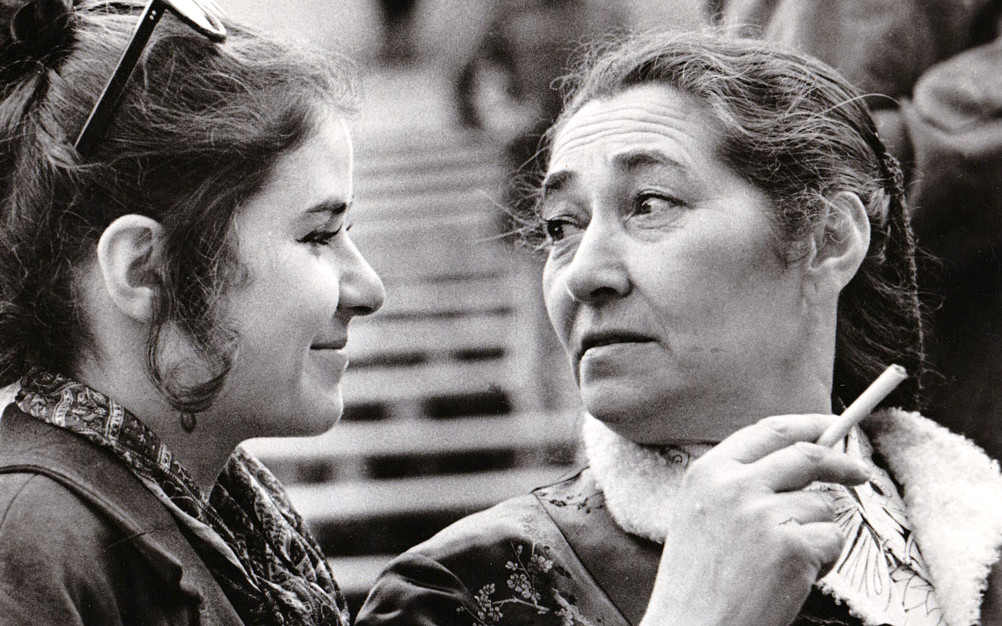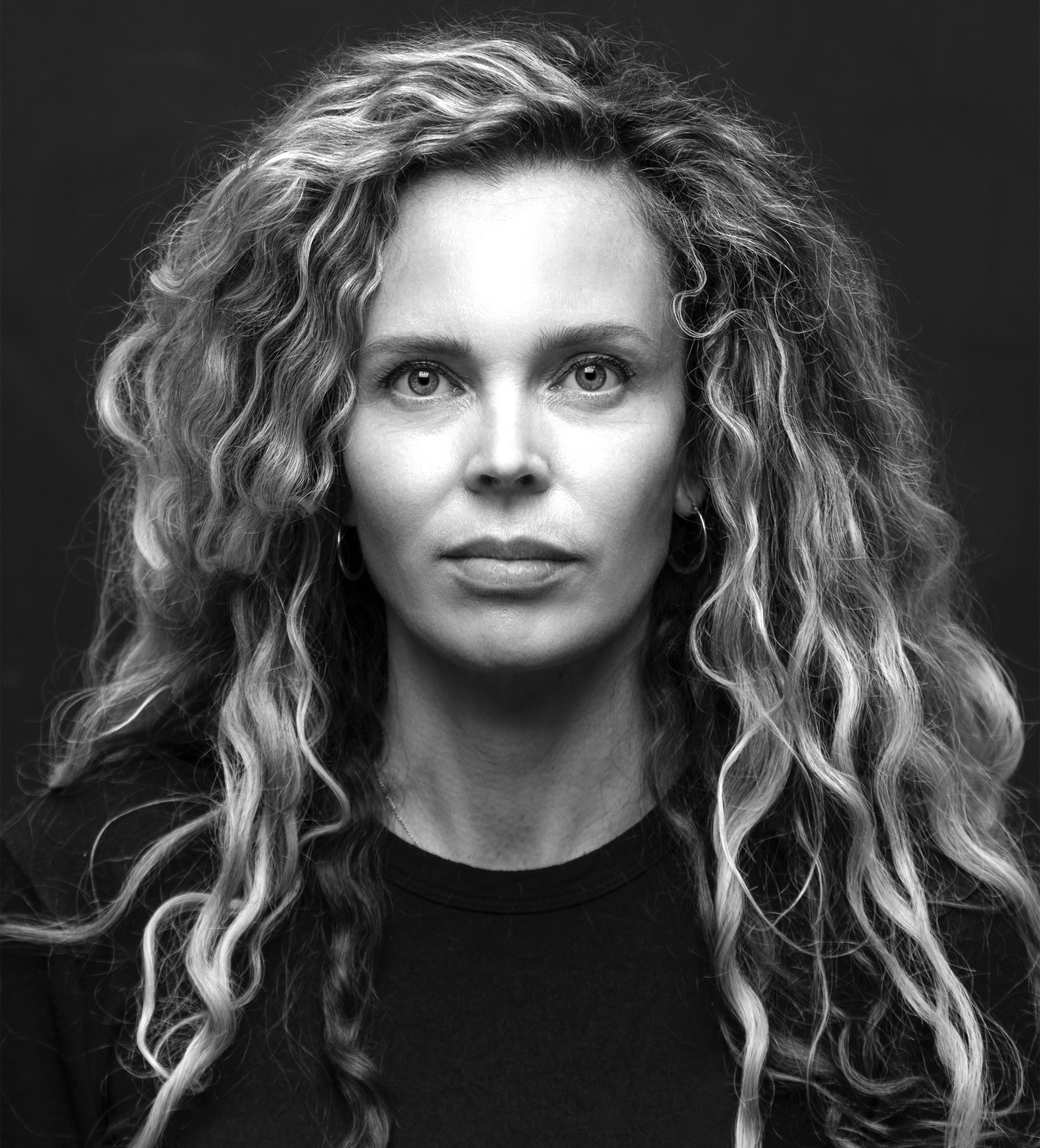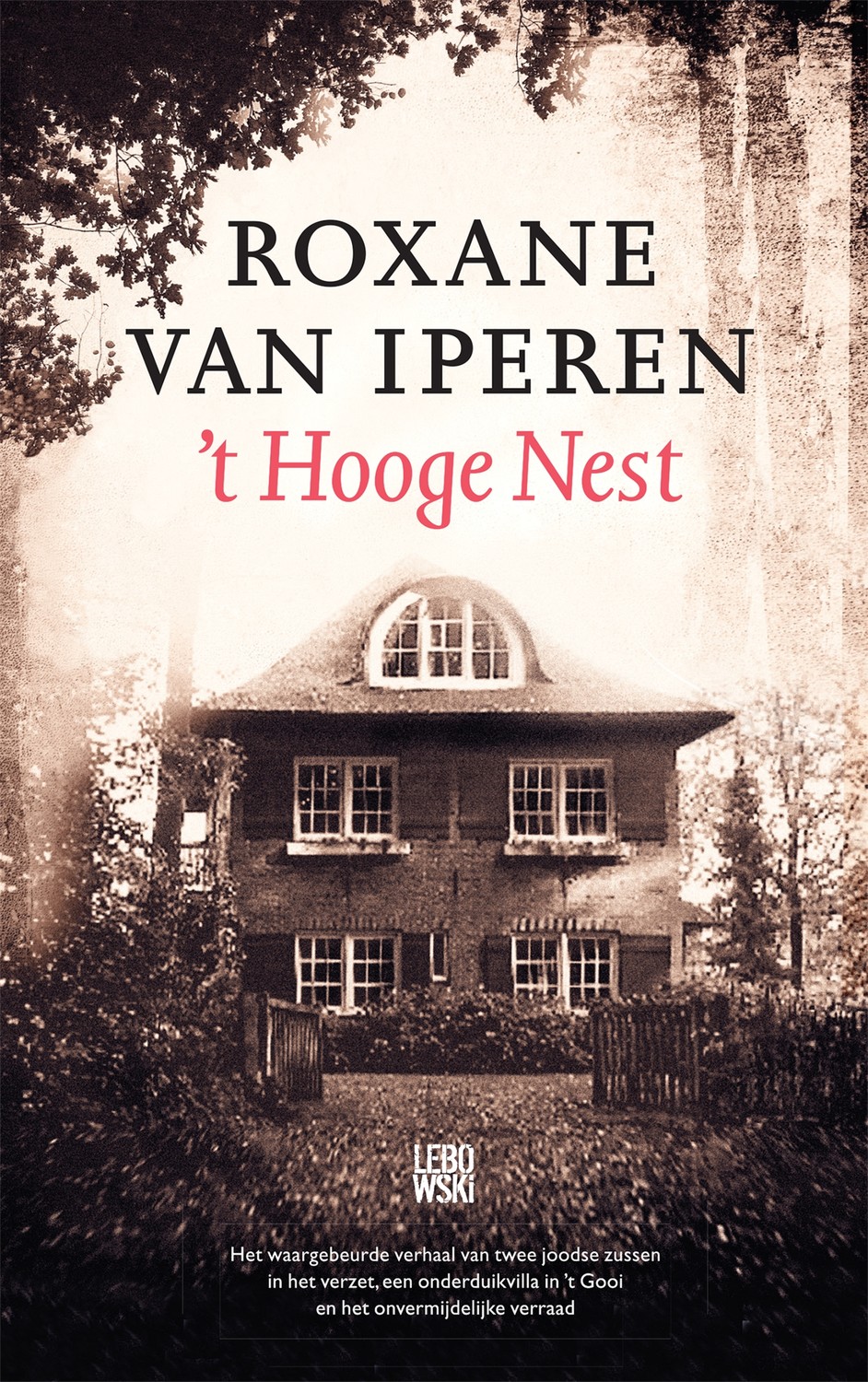Shoah history in Dutch couple’s countryside home
AMSTERDAM — Despite its rustic charms, the dream home that Roxane van Iperen and her partner bought nearly ruined their marriage.
Van Iperen, a 42-year-old novelist, underestimated the amount of renovating needed on the countryside estate east of Amsterdam. She bought the place in 2012 with Joris Lenglet as a home for the couple and their three children.
“We almost separated by the time it was done,” she recalled in an interview on the NPO1 television channel.
But amid “the arguing, misery and work,” the couple discovered that during the Holocaust, their new home had been the center for one of Holland’s most daring rescue operations.
Recounted in a best-selling book published last year, the story generated strong media interest. In bookstores, The High Nest stayed for weeks on the top 10 list of locally produced nonfiction.
“Many Jews resisted, but of most of them we know very little,” said Jewish filmmaker Willy Lindwer, who produced several documentaries on the Holocaust in his native Netherlands. He said the High Nest story “shows not all Dutch Jews went like lambs to the slaughter.”
But to readers, part of the book’s appeal lies in the characters of the people who did the rescuing: sisters Janny and Lien Brilleslijper and their families.
Daring anti-fascist activists — Janny fought in the Spanish Civil War — they used connections to hide from the Germans in the house in Naarden, 10 miles east of Amsterdam. At great personal risk, they opened their home to Jews and others in need.
Van Iperen found evidence of the sisters’ ingenuity as soon as renovations began: double walls, secret doors and walled-off annexes concealed so well that they went undetected for decades.
Dozens of Jews passed through the safe house, which is “perfectly located, near Amsterdam but in the middle of nowhere,” van Iperen said. The operation’s secrecy kept it out of the history books even though it was a rare case in which Dutch Jews not only escaped the genocide, but helped others avoid capture.
Even as they were making these discoveries, van Iperen and her partner did not register their significance.
“The discovery story sounds romantic but the truth is, we just weren’t aware of the findings,” she said in the interview. “It was an old house — that’s also what drew us to it — and so you naturally discover things. We talked about it. But then we just closed the hidden space and installed a new floor on it.”
The renovations coincided with major developments in attitudes to the Holocaust in the Netherlands, which built its first national Holocaust museum only in 2016.
This year, the city and The Hague paid millions of dollars in restitution to victims from whom it had unjustly collected taxes.
In November, the national railway company announced it would look into compensating victims its workers helped transport. That triggered similar action last month by Amsterdam’s GVB transportation company.
Amid these developments, which were accompanied by a steady stream of news reports and books on the Holocaust, the secrets of van Iperen’s house beckoned. They put her on a six-year journey of discovery through interviews, studying archive material and cross-referencing information with survivors’ testimonies.
The Brilleslijper sisters, intellectuals from a Liberal Jewish family, arrived at the estate in 1943, amid deportations to death camps and growing awareness of annihilation. By then, the Nazis had killed 75 percent of the Netherlands’ prewar Jewish population — the highest death rate in occupied Western Europe.
“Everyone who could was in a panic to find a hiding place,” van Iperen said.
And yet at the Brilleslijpers’ house, there was “music and lust for life during that time, which makes it different to the typical survival-in-hiding story we know in this country,” van Iperen said.
She found sheet music that the sisters and their guests composed and performed. There were worldly debates and garden dinners amid the laughter of children.
One was Robert Brandes, the 5-year-old son of Janny and her husband, Bob Brandes. Robert Brandes, now 79, gave van Iperen a yellowing photograph taken at her home in 1943. He is seen splashing in a metal tub on a sunny day in the backyard, flanked by his cousin, Lien’s daughter Kathinka Rebling, and another child.
But in June 1944, Eddy Musbergen, one of hundreds of Dutch gentiles who betrayed Jews in hiding, reported his suspicions to the authorities.
The sisters had planned for this, according to Rebling, Lien’s daughter. During the Gestapo raid, her mother removed a vase from a windowsill overlooking the access path — a sign to tenants that the house had been compromised.
Janny was out, but saw the vase as she returned. She attempted to catch up to Robert, who was skipping ahead of her, but the Germans saw them and they were arrested. The sisters and their families were sent to Westerbork, Auschwitz and Bergen-Belsen.
At Bergen-Belsen, Janny met the family of Anne Frank.
“She was concealed in a blanket,” Janny, who died in 2003, recalled in a 1988 documentary. “She had no more tears to cry. They had run out a long time before.”
Janny went to check on Anne a few days later and saw Anne’s sister, Margot, lying dead on the floor. Anne died shortly thereafter, Janny said.
Both Brilleslijper sisters survived the Holocaust, partly because they were persons of interest to the Nazis due to their anti-fascist credentials. This prevented them from being sent directly to the gas chambers at Auschwitz.
Robert Brandes was spared deportation because he was deemed by the Nazis to be only half Jewish. Rebling, who was 3 and whose parents were both Jewish, was spirited away from a detention facility by a resistance fighter and survived the war in hiding.
“That we are still alive,” Rebling said, “can only be explained by an unbroken chain of miracles.”

 47.0°,
Mostly Cloudy
47.0°,
Mostly Cloudy 









